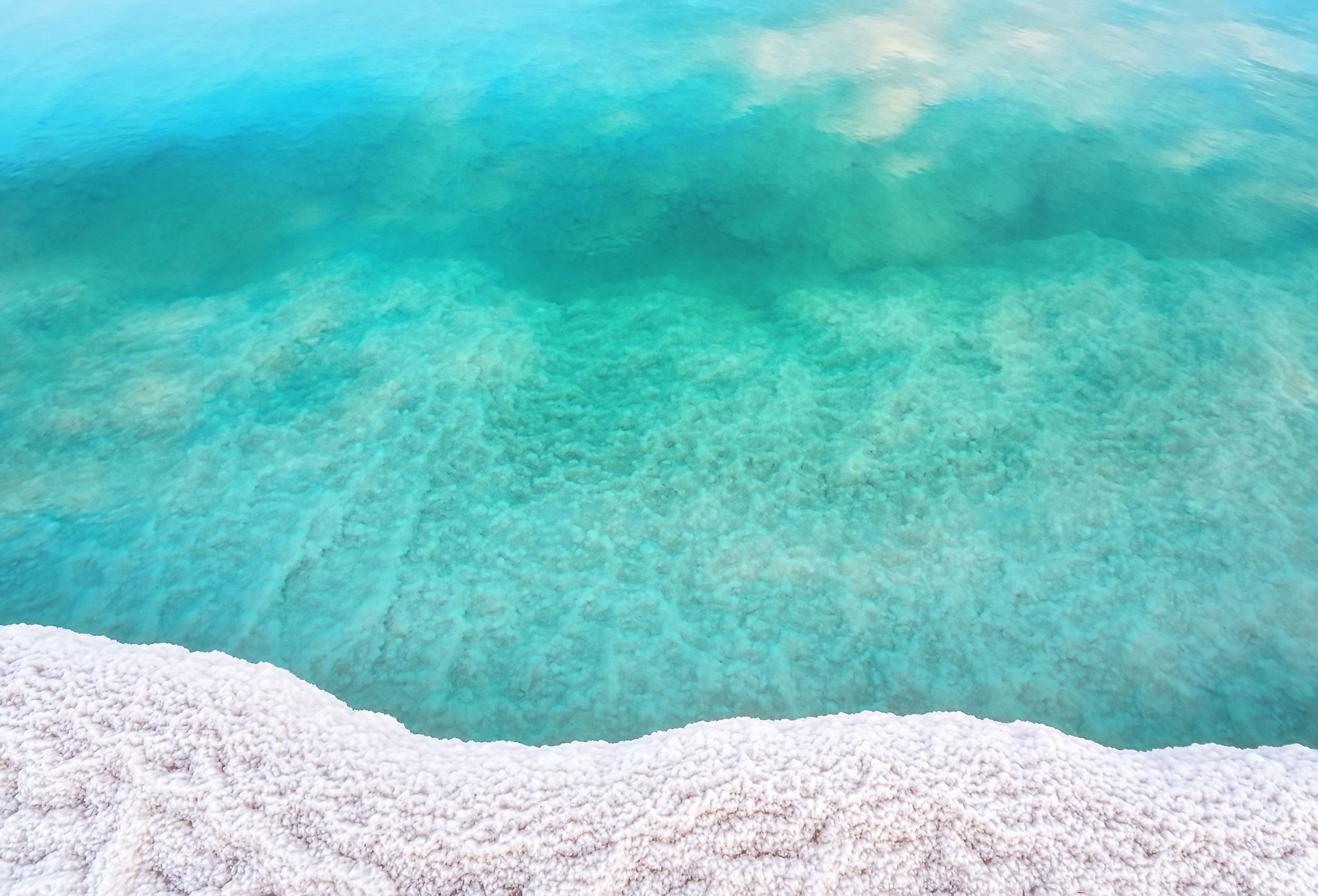
Why Is The Sea Salty?
Oceans make up more than 70% of the Earth's surface, making the planet predominantly water-based. However, most of this water is not fresh, meaning it contains high levels of salt and minerals, which can be dangerous to drink. There is so much salt in the oceans, it could cover Earth's surface entirely in a thick layer of salt. But how did this salt get there? Were the seas always salty? Why are the oceans salty, but lakes are not? Discover why this is in the article below.
The Origins of Salt in the Ocean and Seas
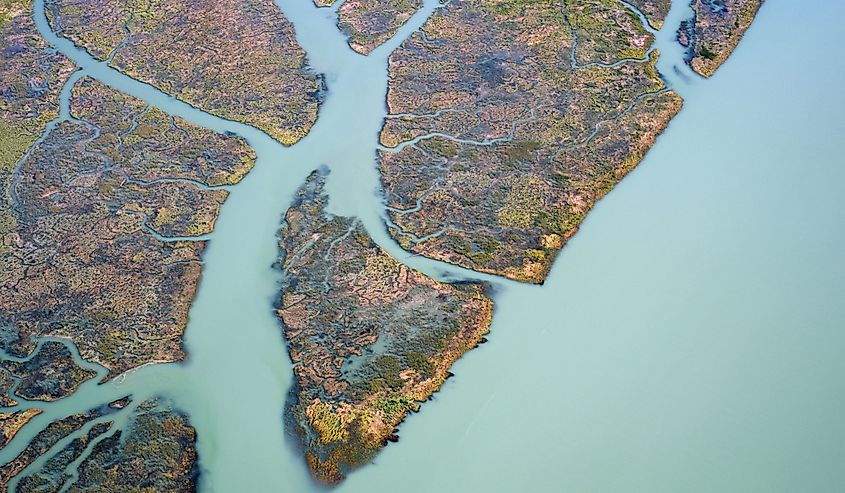
Three primary causes of salt in the ocean and seas are rain runoff, rivers emptying into the sea, and thermal vent deposits. Rain runoff occurs when rainwater or melting snow and ice pull silt, minerals, and rock erosion away from its source.
The water enters the water cycle after removing this debris and minerals from its source (like silt beds, rock faces, etc). The water cycle consists of water evaporation, accumulation in clouds, and distribution as rain. A lot of water returns to the oceans through this cycle.
However, water can also wash into the ocean directly when rivers run downstream and empty into the oceans. When this happens, more minerals, including salt and ions, flow into the oceans and accumulate. River and stream runoff is the sea's primary source of salt and minerals.
Thermal vents at the bottom of the ocean are another source of ocean saltiness. These vents pull minerals, like salt, up from the depths of the Earth and empties into the water.
How the Seas Became Salty
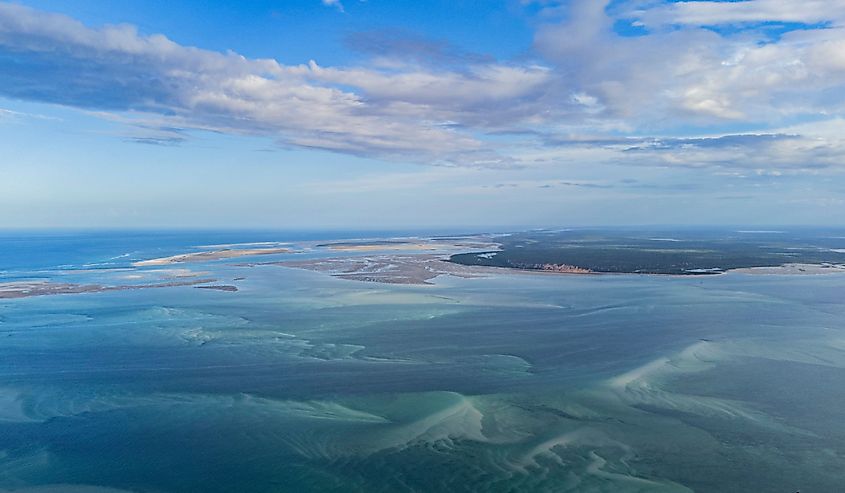
When the oceans formed approximately 3.8 billion years ago, they were primarily fresh water. Before this time, the planet was too hot for liquid water during these tumultuous periods on Earth's surface. Subsequently, the water on Earth was mainly in vapor form until the Earth cooled down enough for the vapor to become liquid, and thus, oceans were created.
However, the ocean became salty once the Earth's crust became more active. Magma from the Earth's core, along with vulcanized rock, spewed out abundantly at some point fairly early in the ocean's history.
Magma and other minerals poured out from the Earth, flooding the oceans and making them much more salinated.
This tectonic activity also caused significant amounts of ash and salt to pour into the atmosphere, causing acid rainfall all over the globe. Acidic rain rapidly eroded rocks and cliff faces leading to a spike in salt and ion compounds.
Why Aren't Lakes Salty When Oceans Are Salty?
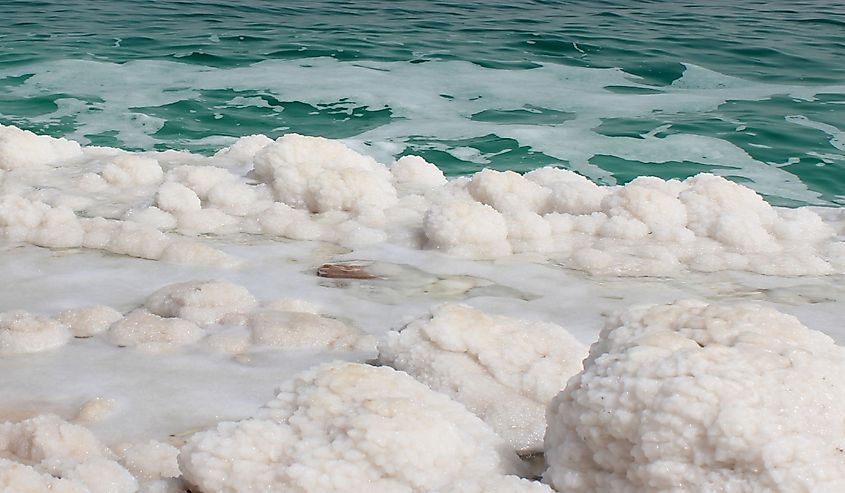
Lakes are not salty because they usually have natural drainage systems that constantly pull old, mineral-rich water out of the lake. Lakes also do not receive sodium compounds from thermal vents deep beneath their surface.
Not only are oceans situated in sodium-rich environments, but they also receive all the downflow of salt and minerals from lakes and streams. The ocean has nowhere to empty, causing the water to accumulate salt and become gradually saltier.
However, not all inland bodies of water are fresh. The Dead Sea, located in Israel and Jordan, is the saltiest body of water in the world. It is even more saline than the ocean, and people who swim in it should not drink the water. Even a tiny amount can cause severe damage and potentially kill the consumer.
The Dead Sea is so salty because it experiences a lot of evaporation and significant mineral deposit from the surrounding cliff faces. However, it also has no natural drainage system and is known as an isolated body of water. This means, much like the ocean, the Dead Sea receives minerals and sodium without any method of removing the salt and thus becomes salinated.
The Dead Sea contains only a fraction of the water held in the ocean, meaning it becomes extremely salty much faster.
What Ocean is the Saltiest?
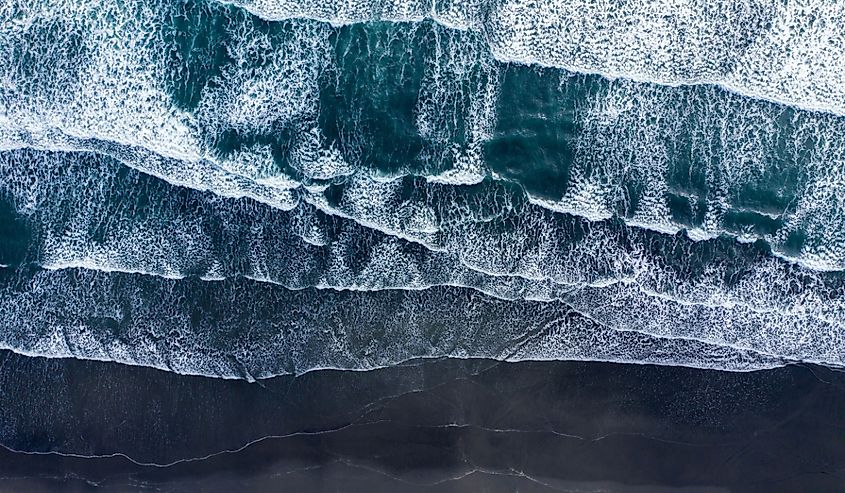
The Atlantic Ocean is the saltiest of the five major Oceans, which include the Pacific, Indian, Arctic, and Antarctic/Southern. However, some portions of the Atlantic are less saline, such as the regions at the Equator and near the poles. While the exact cause is not fully understood, most experts believe it is caused by the constant influx of freshwater from melting ice and rainfall.
The Atlantic's northern portions are the most saline. Estimates suggest this section contains a salinity of 35.5 parts per thousand. The southern portion is the least salinated and contains approximately 34.5 parts per thousand.
The Atlantic Ocean's average salinity is above 37 parts per thousand, primarily concentrated in the northern regions.
However, the Atlantic is not the saltiest portion of the ocean. The Atlantic is the saltiest ocean overall, but the Red Sea is the most saline part of the ocean. If the Red Sea were an independent ocean, it would be the most salty.
The Indian Ocean is the hottest and is not far behind the Atlantic Ocean regarding average salinity. Estimates suggest the Indian Ocean has a salinity between 32-37 parts per thousand. However, the total salinity varies more than in the Atlantic, giving it a lower overall salinity.
Conclusion
The oceans are not only impressive reminders of the forces of nature; they are also the birthplace of life. Without the sea, there would not be any humans, animals, plants, or fungi. Although no one thinks of the oceans being inhabitable when hearing how salty they are, they are teeming with various animals and plants that are integral to Earth's ecosystems as a whole.
The oceans are massive life ecosystems, from sharks to whales to starfish to sea horses. Salt was one of the vital building blocks of life. Without it, animals, humans, and other creatures could not hydrate properly. The oceans truly are so much more than an enormous body of water!











